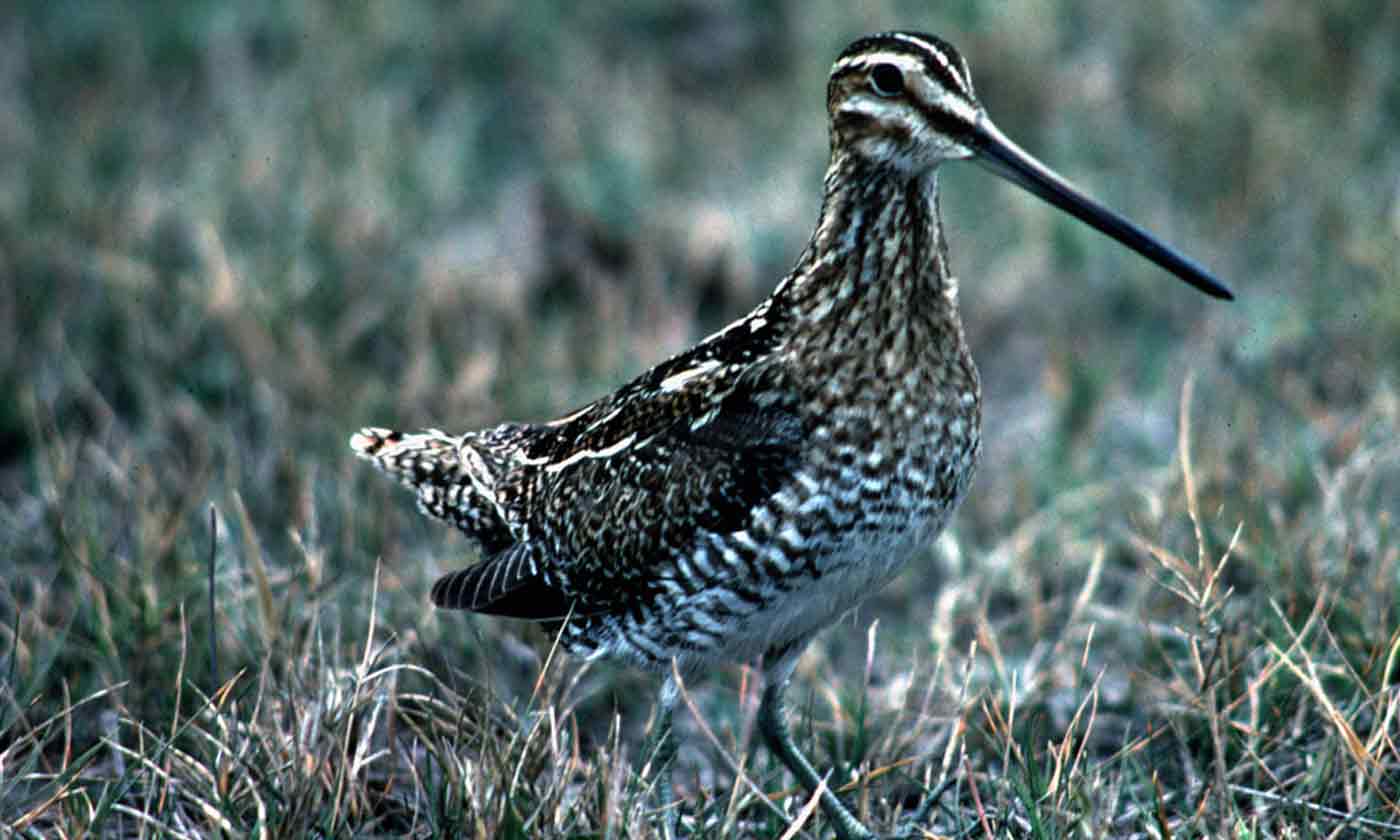
Wilson’s Snipe (Common Snipe or Jacksnipe) Photo credit: USFWS
This is Passport to Texas
An invitation to participate in a snipe hunt fills young hearts with anticipation and anxiety. In my youth, snipe hunts were cloaked in mystery; and that’s what made them deliciously terrifying.
Taken at night to a wooded area and outfitted with a burlap bag…a flashlight with weak batteries…and a whistle to call for help… hunters enter the woods alone in search of dreaded snipes. And how would they recognize them? They would know them when they saw them.
Before long, panicked whistles and screams from deep within the woods pierced the silence, as vivid imaginations got the best of the young snipe hunters. Eventually everyone, including the hunter, had a good laugh.
Today we know snipe are small, long billed, brownish shorebirds in the sandpiper family. Their habitat includes freshwater marshes, ponds and flooded fields. They breed across much of North America, but like to spend their winters in the southern states, including Texas.
Snipe are game birds here, and the season to hunt snipe ends on February 14th. So if you want to go snipe hunting, and not be left holding the bag, time is running out.
Learn more about snipe and see an image of this not so terrifying creature when you log onto our web site: passporttotexas.org.
That’s our show for today… Funding provided in part by Ram Trucks. Guts. Glory.
For Texas Parks and Wildlife…I’m Cecilia Nasti.
_________________________________________________________
More about Snipe:
Snipe winter throughout Texas and huntable numbers can be found in suitable habitat. Generally hunting of snipe is in association with waterfowl hunting, but it has the potential of providing more recreational sport hunting days. Most hunters are unaware of the quality hunts provided by this species. Federal harvest surveys estimate a total statewide harvest of 5,000 birds annually.
Can You Eat Snipe?
Of course you can. But, be prepared for how small they are. Hank Shaw, who curates the blog Hunter*Angler*Gardener*Cook and is author of three game focused cookbooks, including “Duck, Duck, Goose” says: “[Snipe] is a bird with a flavor all out of proportion to its size. As small as it is, one bird makes a great appetizer, and four a hearty meal. They taste like a combination of squab and duck, with something else. Maybe its the wormy things they eat?”
Hank says the smaller the bird, the higher the heat for cooking. His preparation of snipe is simple: He says he sets his oven to the highest setting (most go to 500° F), greases up the birds with lard or butter, sprinkles them inside and out with salt, and places them in an oven proof pan with a little bit of water in the bottom of the pan to help keep the snipe moist.
He says he puts the pan with the snip into the oven for about 5 minutes; after which time he removes the birds from the oven and bastes them with more butter or lard, before putting them back in the heat for another 5 to 7 minutes. He removes the birds from the oven, and lets them rest a few minutes before plating them. He says right before serving, give them a good dusting with black pepper and a drizzle of balsamic vinegar.
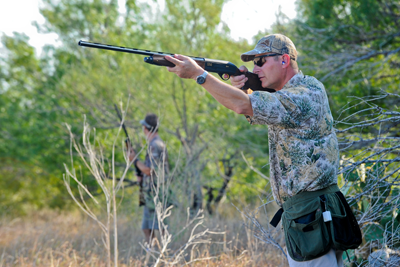

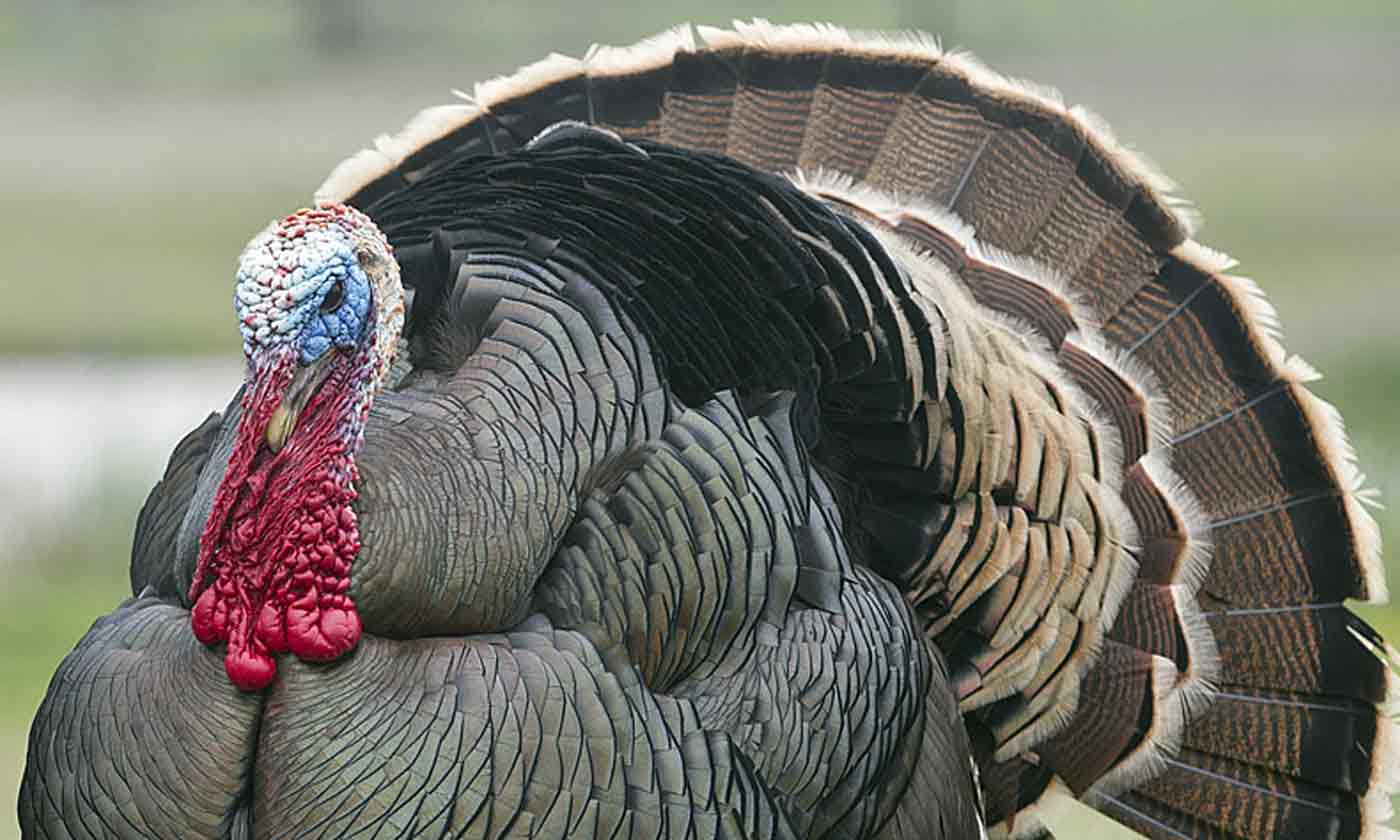
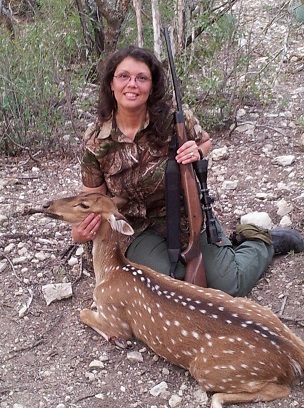

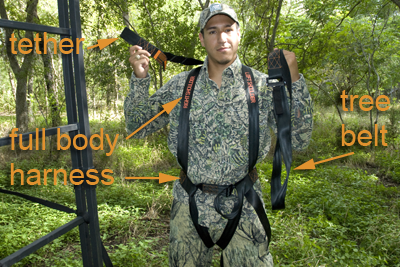

 Passport to Texas is a
Passport to Texas is a  Passport to Texas is made available by:
Passport to Texas is made available by: